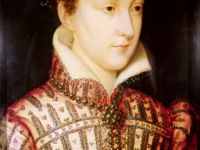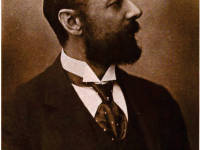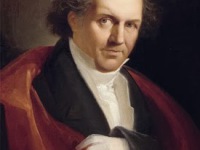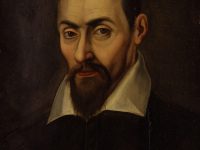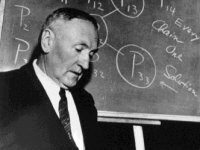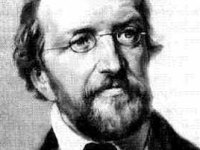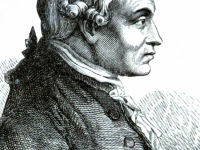The first Modular Space Station – Mir
On February 19, 1986, the main module of Russian MIR Space Station was launched from Baikonur, Russia. MIR was the first modular space station and operated in low Earth orbit from 1986 to 2001. Launch to a Low Earth Orbit In 1976, MIR was authorized in order to design an improved model of the Salyut space stations. By early 1984, work on MIR had halted while all resources were being put into the Buran programme in order…
Read more


